
7 best foods to rebuild your muscle strength after 50

Have you noticed that your strength isn’t what it used to be? Losing muscle mass and power—a condition known as sarcopenia—affects many people after the age of 50. Daily tasks may feel heavier, your stamina may dip, and overall vitality can decline. While this is a natural part of aging, it doesn’t have to be inevitable. The right nutrition can significantly slow muscle loss and even help rebuild strength over time. However, the market is overflowing with so-called “easy protein fixes” that often offer more hype than results—and sometimes even harm. Today, we’ll cut through the noise and explore seven powerful whole foods that genuinely rebuild strength, along with practical tips on preparing them to maximize benefits. (Based on the knowledge of Dr. Iñigo Martín)
Key Takeaways
-
Prioritize Whole Foods: Real muscle-building comes from natural, unprocessed foods—not from sugar-laden protein bars, processed meats, or chemically-filled shakes.
-
Complete Proteins Matter: Foods like quinoa and tofu provide all nine essential amino acids your body needs to repair and build muscle efficiently.
-
Smart Carbs Fuel Energy: Carbohydrates from sweet potatoes and oats release energy slowly, fueling muscles for hours without energy crashes.
-
Minerals Are Essential: Potassium, magnesium, iron, and manganese play crucial roles in muscle contraction, relaxation, oxygen transport, and energy production. Almonds, lentils, and chickpeas are rich in these minerals.
-
Preparation Is Key: Techniques like soaking grains, pressing tofu, and activating nuts neutralize anti-nutrients and unlock full nutritional potential, making foods more digestible and effective.
The Billion-Dollar Trap: How Processed Proteins Sabotage You
Before diving into muscle-building foods, it’s important to understand a trap many fall into: the processed protein industry. Protein has become a multi-billion-dollar business, pushing convenient, ready-to-eat options. The problem? Many of these products sabotage muscle recovery.
Protein bars are everywhere, promising 20 grams of protein for a small fortune. But check the ingredients: often, glucose syrup or maltodextrin comes second. You’re eating a candy bar disguised as protein. Sugar spikes insulin, halting muscle building and promoting fat storage. Feeling bloated or tired after a bar? That’s your body signaling it’s not real food.
Processed meats, even “healthy” vegetable sausages, are often loaded with sodium (up to 400 mg per small portion) and preservatives like nitrites. These can cause water retention, raise blood pressure, and increase long-term cancer risk if consumed regularly.
Supermarket protein shakes may contain pea or soy protein, but they also include sucralose, acesulfame K, xanthan gum, and artificial flavors. Your gut struggles with these chemicals, leaving it busy defending itself instead of helping your muscles grow. A protein powder should ideally have only one ingredient: protein.
Instead of spending $15 on a box of bars, try making your own energy balls using dates, almonds, and cocoa—delivering real, digestible nutrition at a fraction of the cost.
7 Whole Foods That Truly Rebuild Muscle
7. Quinoa: The Complete Plant-Based Protein
Quinoa is a rare grain that provides all nine essential amino acids—your muscle fibers’ building blocks. Unlike rice or pasta, which mainly supply energy, quinoa repairs and fuels muscles simultaneously.
It also provides slow-release energy, avoiding mid-morning crashes. Rinse quinoa under running water for 30 seconds to remove saponins, then cook in vegetable broth for extra flavor. Mixing it with legumes creates a complete, plant-based protein powerhouse.
Extra tip: Toast quinoa lightly before cooking for a nuttier flavor and improved digestibility.
6. Sweet Potato: The Intelligent Fuel Source
Sweet potatoes are a slow-release carbohydrate, giving muscles long-lasting energy without spiking insulin. Each medium sweet potato contains around 540 mg of potassium, more than a banana, essential for every muscle contraction. Combined with magnesium, they coordinate contraction and relaxation perfectly. Carotenoids in sweet potatoes also protect muscles from daily wear and tear.
Preparation tip: Bake whole with skin at 400°F (200°C) for 45 minutes to retain nutrients and fiber. You can also mash with a bit of olive oil and cinnamon for added flavor and antioxidants.
5. Chickpeas: The Economical Powerhouse
Chickpeas are inexpensive yet protein-rich, with 15 grams per cup. They provide amino acids for repairing daily micro-tears in muscles and are high in manganese, which activates enzymes that convert nutrients into energy. Folate in chickpeas supports new cell formation, including muscle cells.
Preparation tip: Soak overnight with a pinch of baking soda to neutralize phytates and reduce gas. Make hummus, roasted chickpeas, or veggie burger patties for a week’s worth of nutrition.
4. Lentils: The Muscle-Building Switch
Lentils are packed with leucine, the amino acid that triggers muscle protein synthesis by activating mTOR, the “muscle-building switch.” One cup of cooked lentils contains 1.3 grams of leucine; pairing them with brown rice or nuts completes the dose for optimal results.
Lentils also supply iron, especially when cooked with vitamin C-rich foods like tomatoes to boost absorption. Soak dry lentils for 4 hours with a teaspoon of apple cider vinegar to improve digestibility and reduce cooking time.
3. Almonds: Tiny Yet Mighty
Almonds are more than snacks—they’re a rich source of magnesium, healthy fats, and plant protein. Magnesium regulates muscle contraction and energy production, while the protein contributes to repair. Just a small handful (about 23 almonds) provides nearly 6 grams of protein and 20% of your daily magnesium needs.
Preparation tip: Soak almonds overnight to neutralize anti-nutrients and make them easier to digest. Blend into smoothies, sprinkle on salads, or eat raw.
2. Tofu: The Versatile Protein Giant
Tofu is an excellent plant-based source of complete protein, rich in all essential amino acids. It also contains calcium and iron, supporting muscle function and bone health. Tofu is versatile—grilled, stir-fried, baked, or blended into smoothies. Pressing tofu removes excess water and improves texture, while marinating enhances flavor and nutrient absorption.
Extra tip: For firmer tofu, freeze and thaw before cooking; this changes the texture to be chewier, absorbing sauces better.
1. Oats: The Sustained Energy Champion
Oats are a slow-digesting carbohydrate source, providing long-lasting energy and B-vitamins essential for muscle metabolism. They release glucose steadily, fueling workouts and recovery without energy crashes. Oats also contain beta-glucan, a fiber that supports gut health and reduces inflammation.
Preparation tip: Soak oats overnight to reduce phytic acid, improve digestibility, and maximize nutrient absorption. Combine with nuts and seeds for a complete breakfast that powers your muscles for hours.
Final Thoughts
Rebuilding strength after 50 isn’t about quick fixes—it’s about smart nutrition and consistent habits. Whole foods like quinoa, sweet potatoes, chickpeas, lentils, almonds, tofu, and oats provide your body with complete proteins, essential minerals, and sustained energy. By preparing them properly, you unlock their full potential, supporting muscle repair, energy production, and long-term vitality.
Forget the processed bars, shakes, and fake protein promises. Your muscles deserve real food, real nutrients, and real results—and with these seven foods, you have everything you need to regain strength naturally.
News in the same category


Stroke and Heart Attack Often “Target” These People: 7 Things You Must Do Before It’s Too Late

Doctor Finally Explains the Secret Effect of Eating One Banana a Day

THE NATURAL FIX THAT FINALLY GOT RID OF MY SWOLLEN FEET

10 signs you're not drinking enough water

Drinking Water the Right Way

Texas Doctor Reveals A “Miracle Mineral” That Soothes Nerve Pain

Don’t ignore your legs: the surprising early signs of pancreatic cancer

13 Early Warning Signs of Lupus You Need to Know (And What To Do The Moment You See Them)

Foods Adding Inches To Your Waistline

This Is What Science Says About Eating a Banana for Breakfast

5 Early Signs of Poor Circulation (and How to Boost Blood Flow)

How Cancer Travels Through the Lymphatic System—and Ways to Keep It Strong

How to Make Alkaline Water to Fight Fatigue, Digestive Issues, and Disease

Your Legs Have a “Second Heart” — And One Simple Move Can Reactivate It Fast

A neurosurgeon says your legs could predict dementia years before memory loss

Simple Homemade Cough Syrup Removes Phlegm From The Lungs
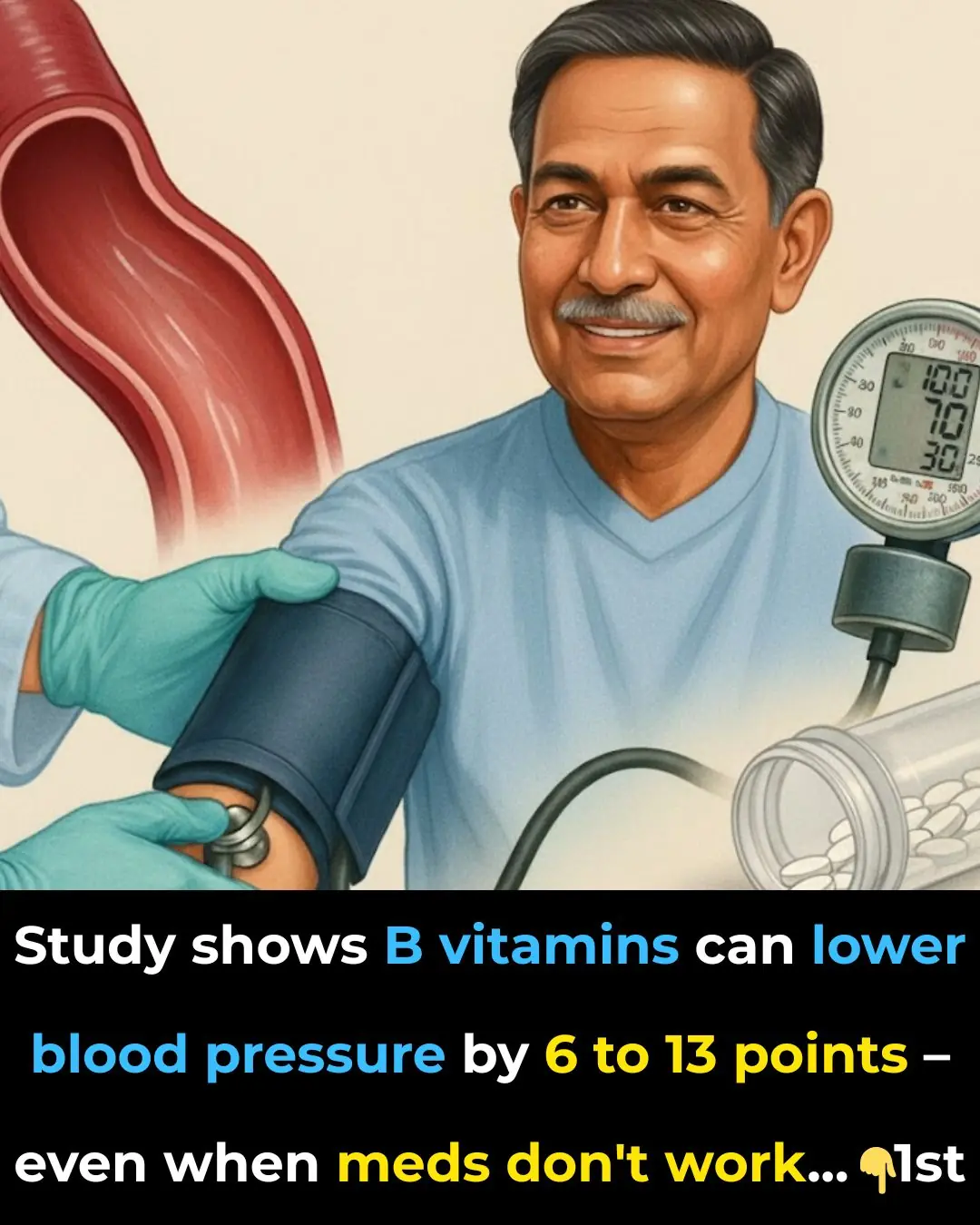
The B vitamin solution: lower blood pressure when medications fail
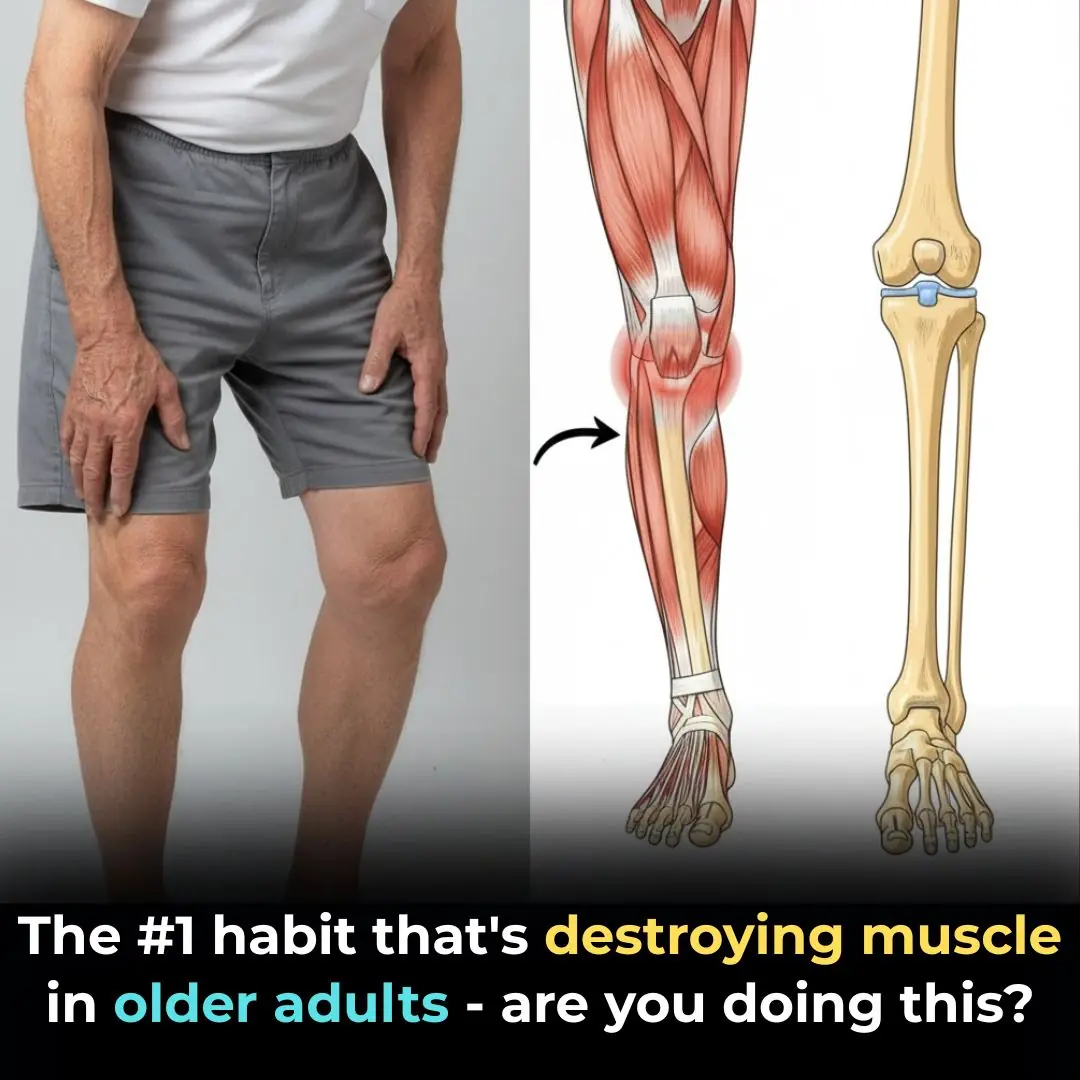
The #1 habit that’s destroying muscle in older adults—are you doing this?
News Post

Cut up your old jeans instead of junking them. Here are 10 ways to repurpose them
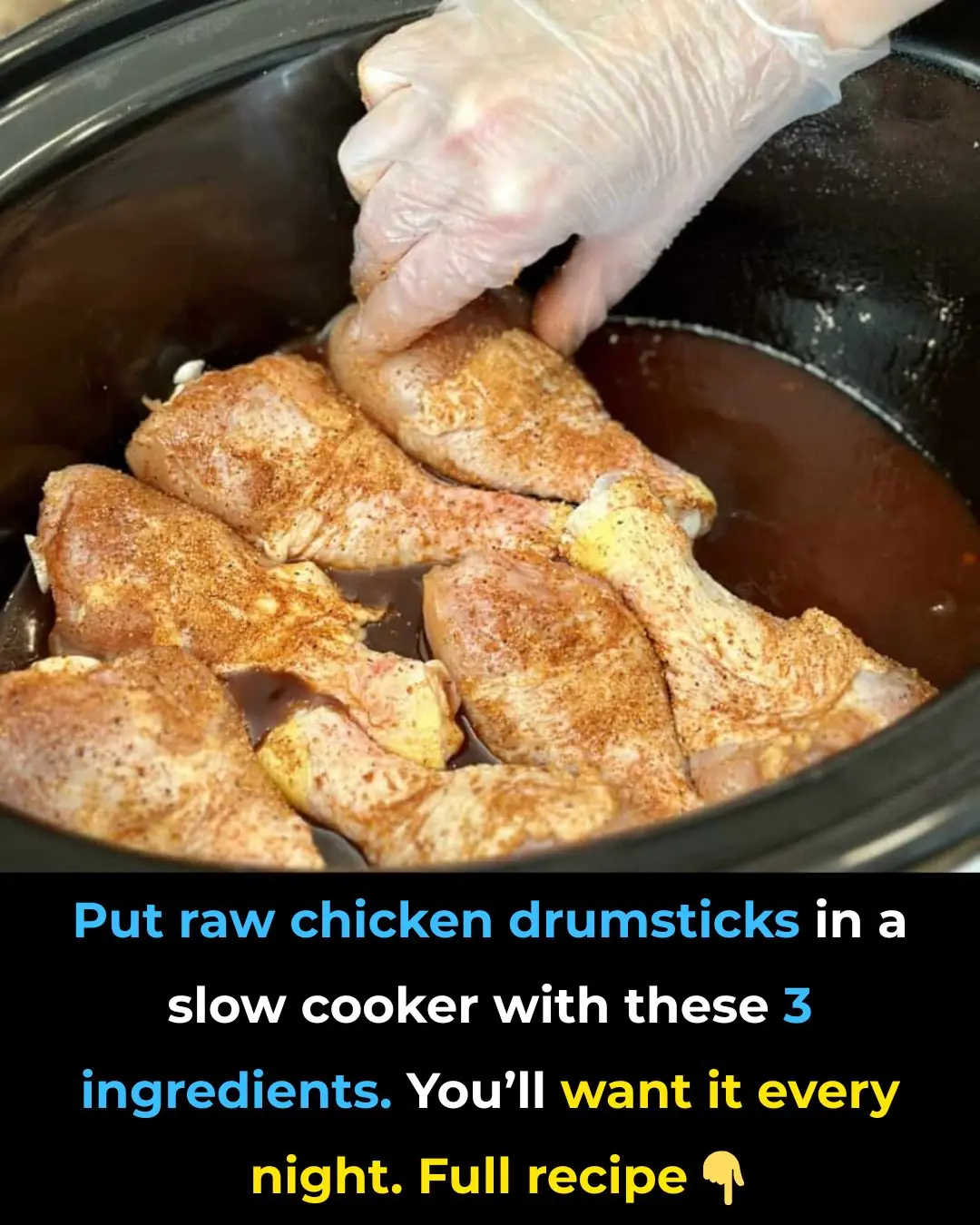
Put raw chicken drumsticks in a slow cooker with these 3 ingredients. You’ll want it every night.

Easy Clove Cultivation: From Seed to Spice

7 Benefits and Uses of Castor Oil

Zachary Levi dishes on being ‘graylisted’ by Hollywood for his beliefs

Inside Gabby Logan’s marriage to husband Kenny Logan – sex-less marriage; affair allegations; wedding day disaster

Concerns for Lisa Snowdon as she admits ‘a few things need investigating’ following scan

Davina McCall reveals she’s been diagnosed with breast cancer in emotional video message
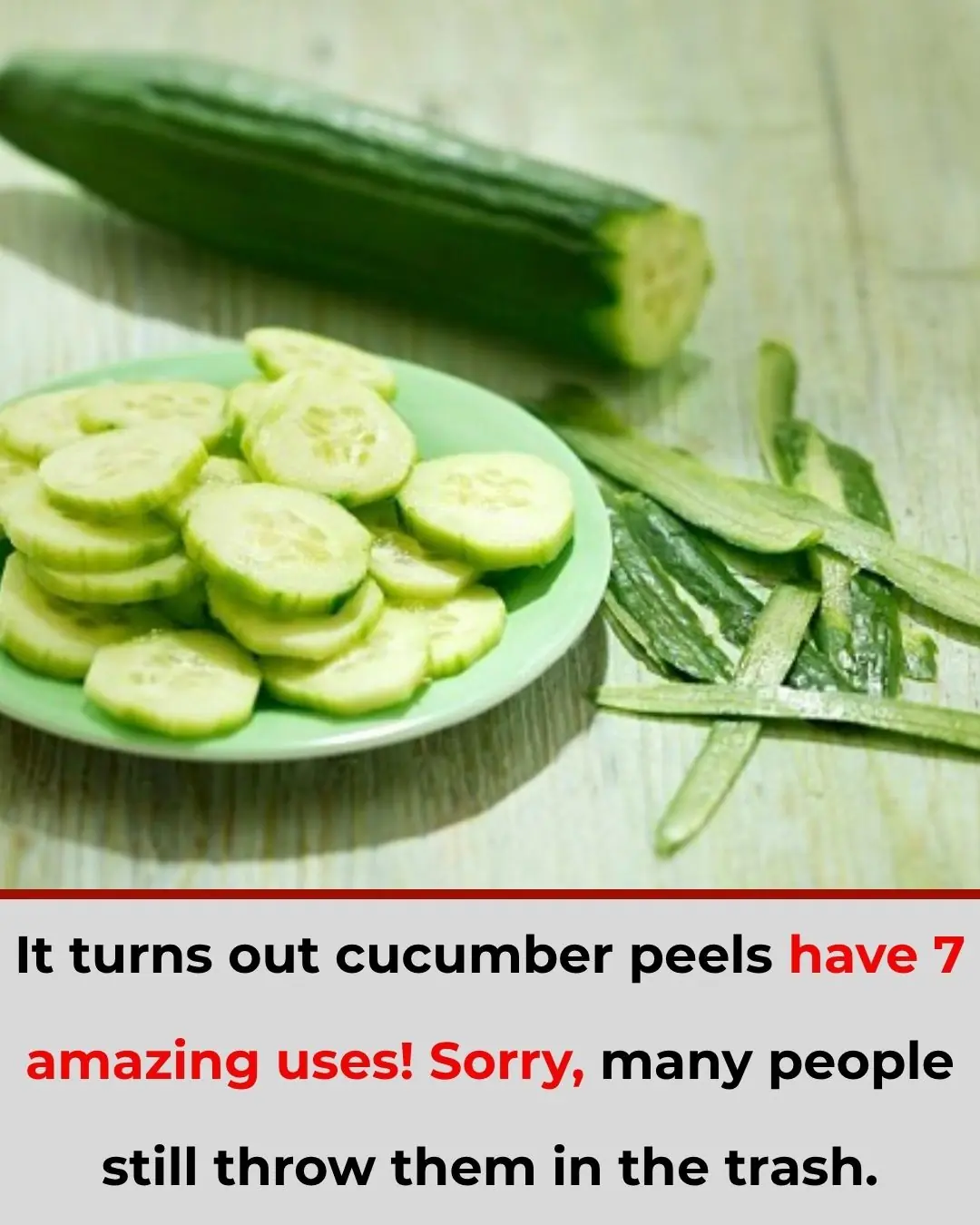
The Amazing 7 Benefits of Cucumber Peels — You’ll Never Throw Them Away Again!

My Nana’s 4-Minute, Zero-Work Hack to Freshen Carpets

Nana’s Timeless Jewelry Cleaning Trick That Actually Works

My nana taught me this hack to relieve joint pain in 5 mins with 0 work. Here’s how it works
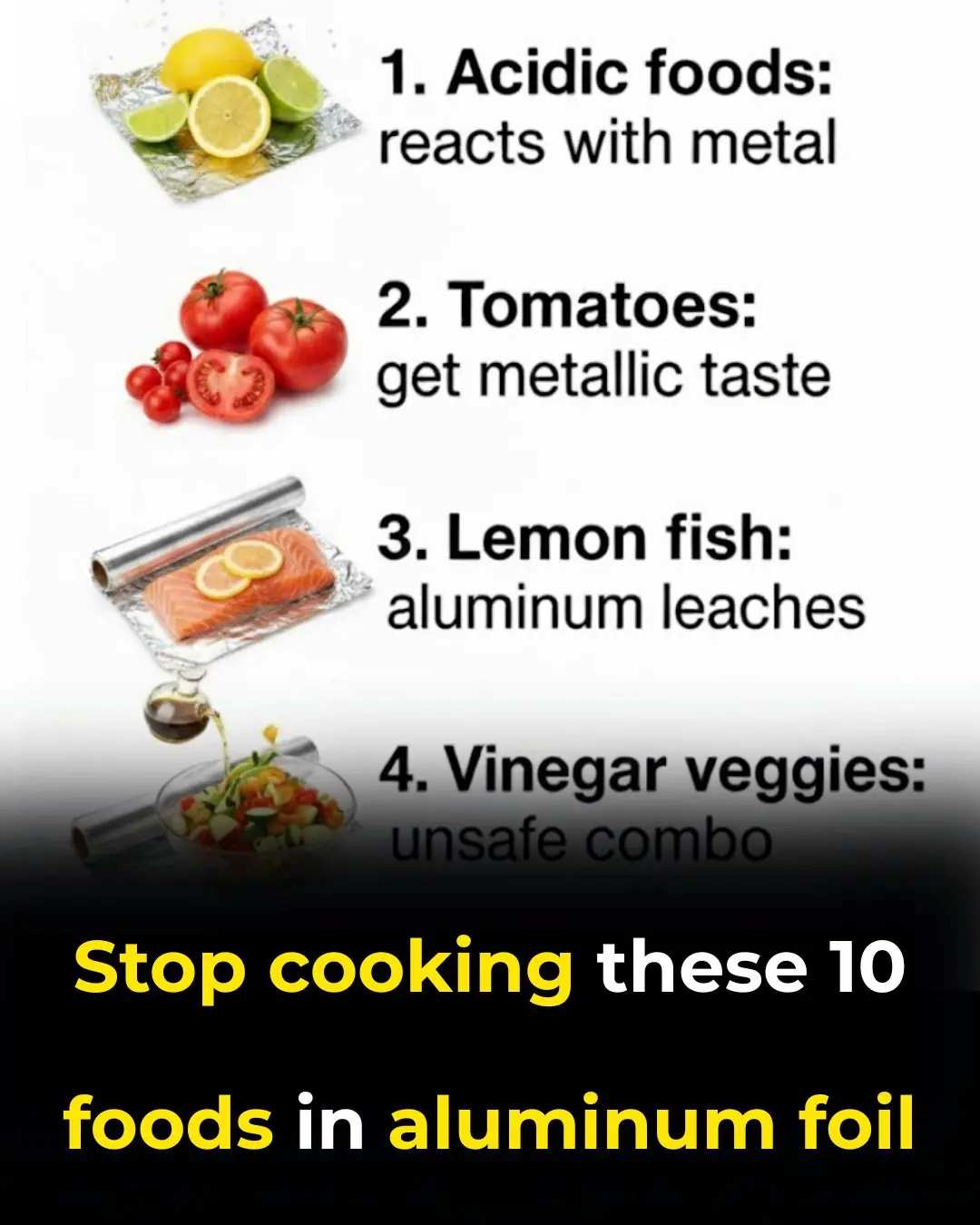
10 Foods You Should Never Cook in Aluminum Foil — And Why It Could Be Dangerous

What Does This Little Mark On The Ear Mean
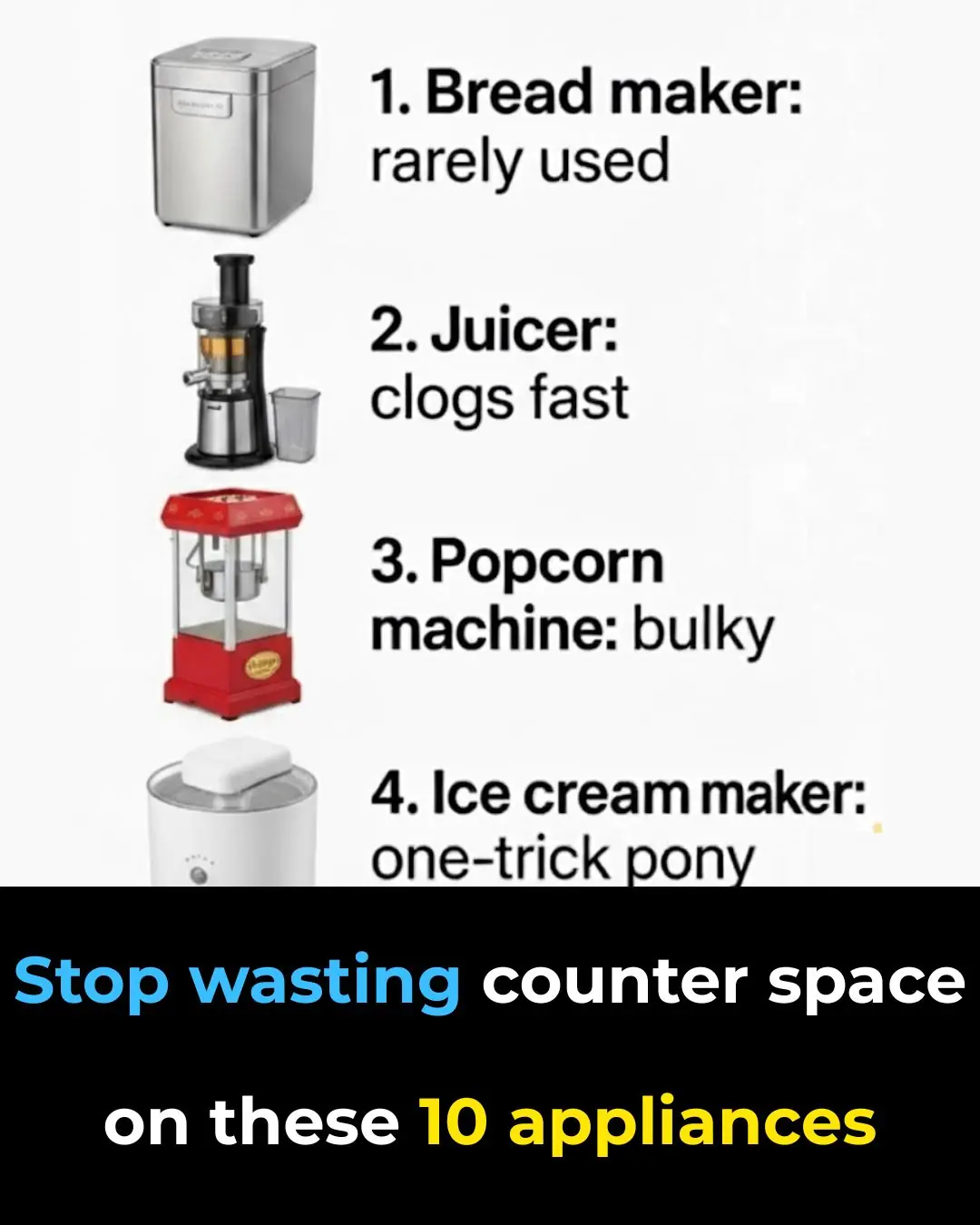
Stop Wasting Counter Space on These 10 Kitchen Appliances

Stop Wasting Money on These 10 Paper Products

Keyless Cars: What Every Driver Needs to Know

1 Minute to “Check Your Kidneys” at Home — See Instantly If They’re Strong or Weak

10 Controversial Winter Watering Tricks That Actually Work
